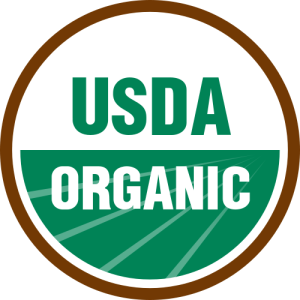The following is a guest post by Stacey Waldron, Internet Marketing Director for Bel Vino Winery. Please see her complete bio at the end of this post!
Each year thousands of adults participate in a wine tasting at a vineyard, private event or in their home. This tasting generally consists of experiencing the aroma and flavors of a few glasses of wine, discussing the way the vino runs over the palate and then mingling with other guests. However within the last few years, an organic wine movement has taken the winery world by storm, producing a new form of wine and tasting for the natural/organic wine drinker.
The Organic Wine Movement
The organic foods movement was started over a decade ago but the production and drinking of organic wines truly gained in popularity in late 2009. In 2009 the consumption of organic wines increased by 3.7 percent, surpassing the growing of non-organic wines which only increased by 2% during the same time period. This trend and uptick in organic wine drinking sparked the transition to producing organic wines in many local and international vineyards across the world and now we can account for more than 1500 organic vineyards and wineries spread throughout several wine growing regions.
What Creates an Organic Wine?
Organic or natural wines are defined as those that are free of artificial or chemical substances which include the use of fertilizers, fungicides, pesticides and/or herbicides while the grape is growing on the vine. Natural wines are also generally free of sulfur dioxide and the United States National Organic Program closely monitors every stage of the wine making process to ensure that a wine is indeed organic.
It Is All In the Soil
This new trend in wines also relates deeply to the soil the grape is grown in to ensure that it too is free of chemical substances. Farmed produce and vineyard grapes can be claimed as organic regardless of the soil’s previous chemical absorption; meaning that if soil has been injected with chemicals in the past, it can impact the taste of the grapes and produce subpar “organic” wines. The International Federation of Organic Agriculture Movements claims organic agriculture as a “production system that sustains the health of soils, ecosystems and people,” displaying the importance soil plays in creating natural tasting foods and wines.
Several new and chemical free technologies have been implemented to assist with the soil and growth of the grape but to the drinker, poor soil can mean poor tasting wines. To demonstrate the effect soil can have on taste, a new trend and science has arisen in the form of dirt tastings.
The Science of Dirt Tastings
Dirt tastings, which have become fairly popular in Europe as well as at a few wineries and event spaces in America, is a new style of “tasting” includes glasses of dirt, organically grown produce and an educational experience.
Guests are given a wine glass of organic dry dirt and asked to smell it and describe the earthly aroma. Similar to wine tastings, many guests will use adjectives such as “salty,” “mineral,” “natural” and “green” to describe what the dirt smells like. Then the host will pour a small amount of water into the glass and ask the guests to swirl the dirt and water to create mud. The smells become stronger and more vivid- with guests being invited to taste the dirt if they wish.
Next, the host will supply organically grown produce which was grown in the same dirt which has been smelled. With a keen sense of the dirt’s aroma, many guests will then taste the accompanying produce to find that it mirrors the tastes, aroma and flavors discovered just moments earlier as the dirt was described. It is amazing to see the correlation between soil and the produce grown in it and with wine it is no different.
Organic Wine and Dirt Tastings
Wine tastings and dirt tastings are a new trend in tastings as it educates guests in the importance of the organic process and soils as it relates to the taste of the food and wine we drink. As the organic wine trend continues to sweep the globe, we expect to see more science behind dirt and wine tastings, creating a better rounded experience for the avid as well as novice natural/organic wine drinker.
About the Author
Stacey Waldron is the Internet Marketing Director for Bel Vino Winery located in Temecula California. She enjoys gardening and playing with her two dogs, Banjo and Karly on hot summer days and always makes time for a good bottle of red wine shared amongst friends.


1 comment for “Dirt Tasting 101: Taste the Terroir (Literally!)”